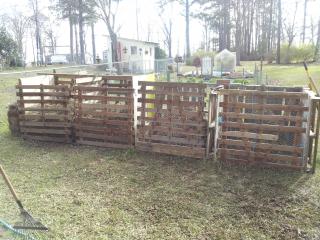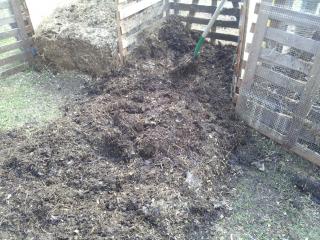Southern Gardener
Deeply Rooted
Yesterday was a beautiful day so sis and I took advantage of it and made two more composters! The two bins on the left are not quite finished - they turned cold so we added nitrogen to get them cooking again so they can be added to the veggie garden and the new flower beds next month.
We had a lecture in the Master Gardener class on thrusday about soils and composting, so that got us in gear to finish them. The class is very fast paced, but we are having a great time. We've met so many great people! So far we've covered botany and soils - this week will be fruit trees.


We had a lecture in the Master Gardener class on thrusday about soils and composting, so that got us in gear to finish them. The class is very fast paced, but we are having a great time. We've met so many great people! So far we've covered botany and soils - this week will be fruit trees.



 Here, have an Excedrin.
Here, have an Excedrin.